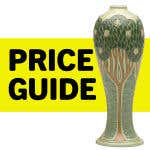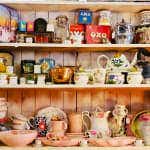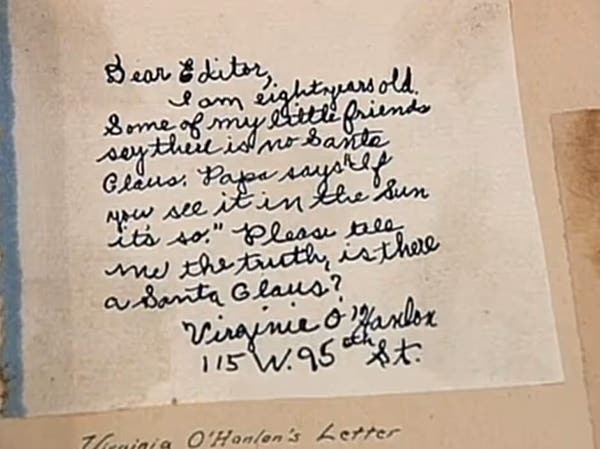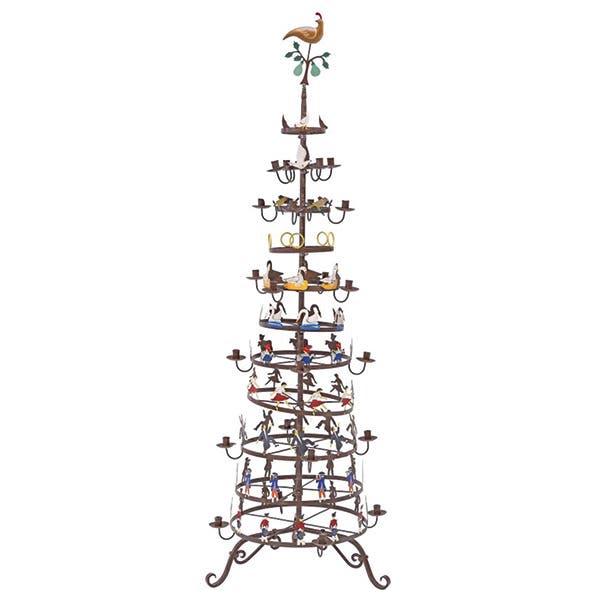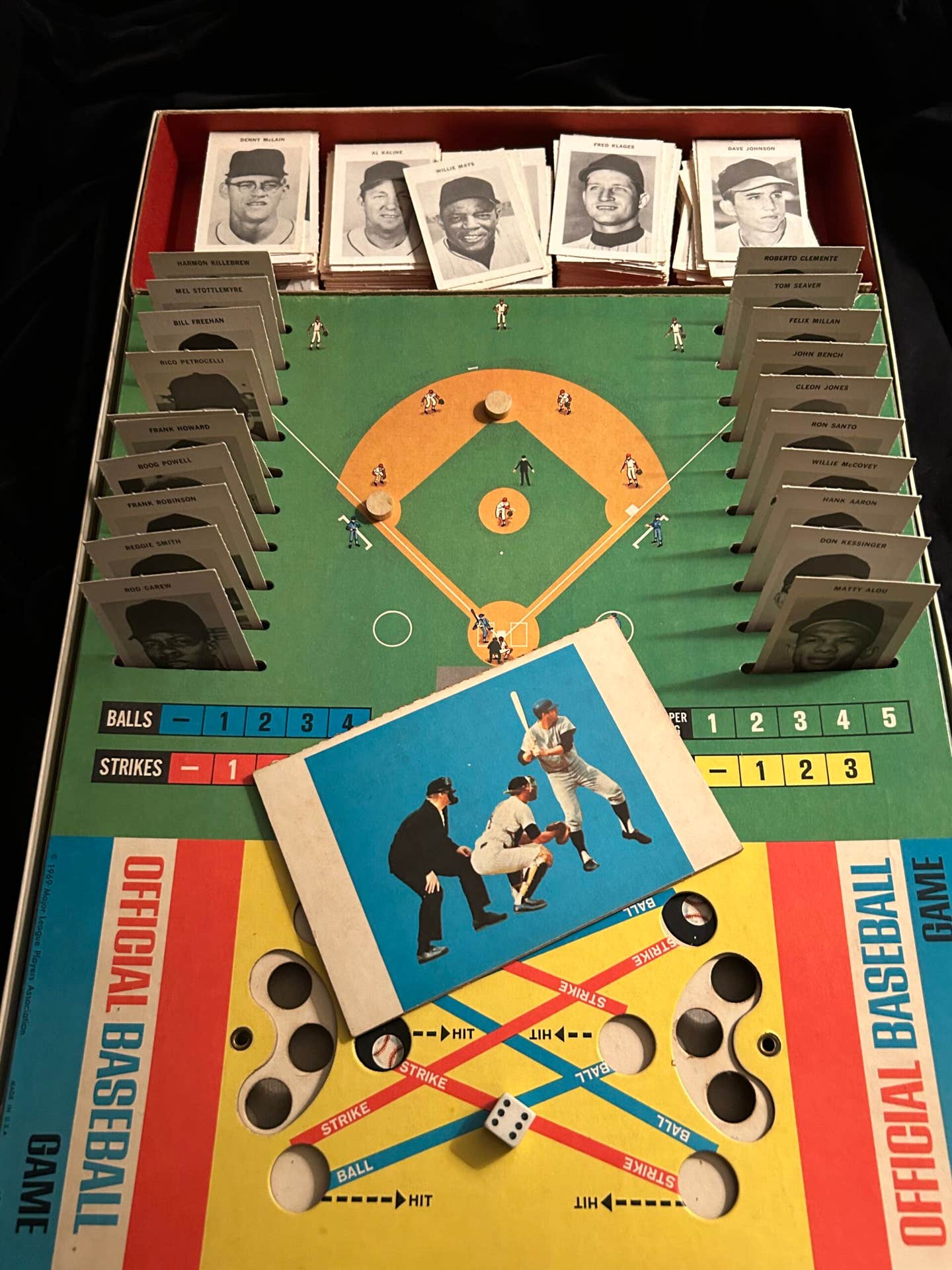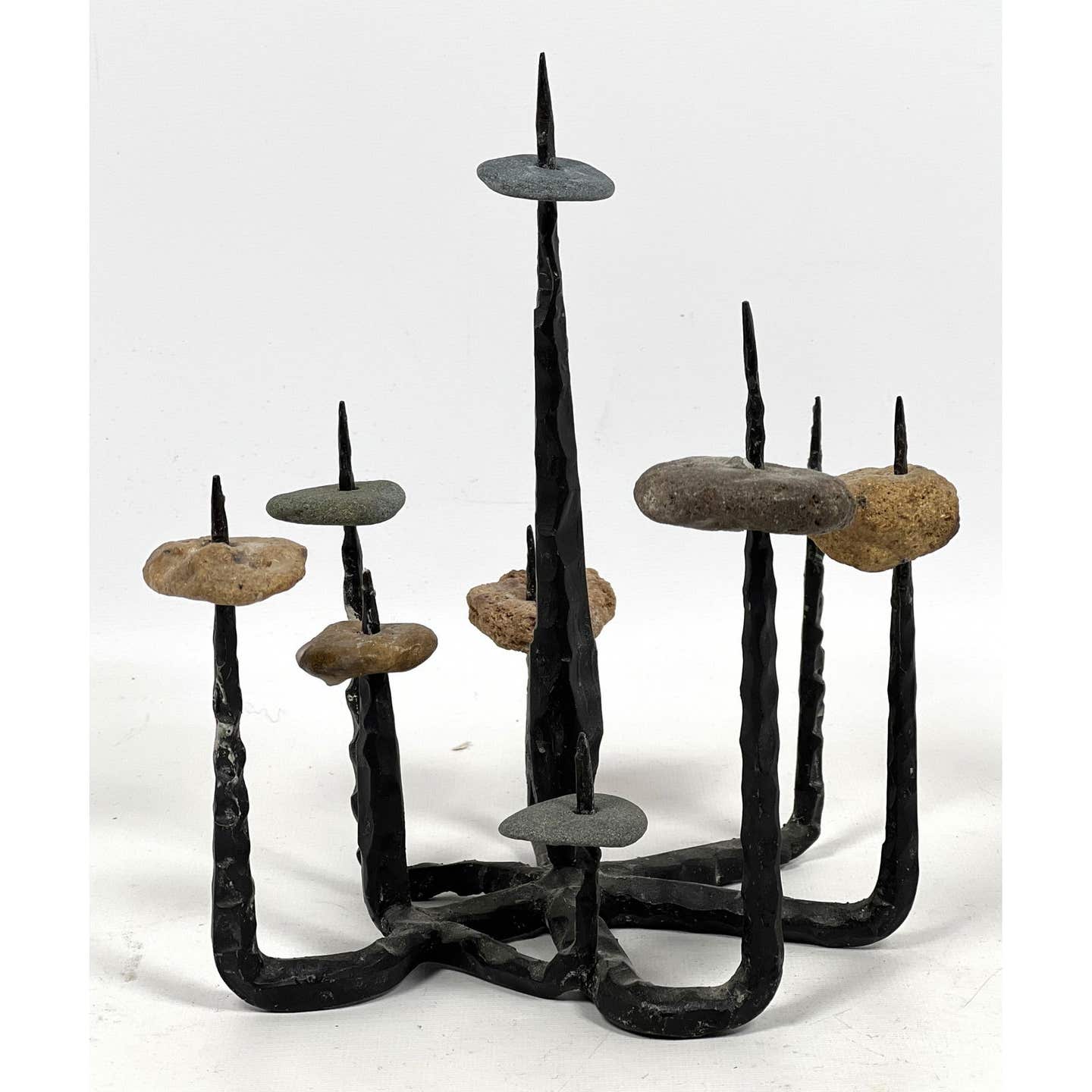Conn. museum explores ‘Art of the American Everyman’
Two summer art exhibitions, “Art of the Everyman” and “Thistles and Crowns,” at the Florence Griswold Museum in Old Lyme, Conn. will explore American material culture including work of untrained early Americans and painted furniture of the 18th century.
OLD LYME, Conn. — The Florence Griswold Museum in Old Lyme, Connecticut, is presenting two exhibitions of American material culture from June 7 through Sept. 21, 2014 — “Art of the Everyman: American Folk Art from the Fenimore Art Museum” and “Thistles and Crowns: The Painted Chests of the Connecticut Shore.”
The Fenimore Art Museum in Cooperstown, New York, is known for its premier collection of American folk art. Florence Griswold Museum curators Amy Kurtz Lansing and Ben Colman were given the rare privilege of borrowing the most important works from the collection and interpreting each through a fresh lens. This extraordinary collection of 44 works created by largely untrained early Americans — many of whom left no other record of their existence — will open a window into the daily life and material culture of the American Everyman.
“Art of the Everyman“ will run concurrently with “Thitstles and Crowns,” a case study of a much admired but long misunderstood tradition of painted furniture from the 18th century Connecticut shore. The summer exhibitions are generously sponsored by Connecticut Humanities and The Hartford Steam Boiler Inspection and Insurance Company.
The “Art of the Everyman” exhibition is divided into two sections, the first, “What is Folk Art?” helps viewers understand how that term folk art came to be and what we mean when we use it. The Fenimore’s founder, Stephen C. Clark (1882–1960), assembled the renowned collections of American folk art and painting for the Fenimore Art Museum during the 1940s and 1950s, prizing 18th and 19th century works whose simplicity of design, flattened pictorial space, use of pattern and vibrant color resonated with the art of his own time. The second section of the exhibition, “Representing the Everyman,” delves deeper into people and stories celebrated in Clark’s vision of folk art. Portraits predominate as both a central feature of American folk art when it was rediscovered in the 20th century, and an unparalleled window into the life, character and aspirations of everyday Americans.
The concurrent and complementary exhibition, “Thistles and Crowns: The Painted Chests
of the Connecticut Shore” is the first exhibition since the 1950s to offer an in-depth look at a tradition in 18th-century Connecticut furniture.
Between 1700 and 1740, a small group of craftsmen created a distinctive group of painted wooden chests in Saybrook and Guilford, Connecticut. Roughly two dozen examples survive, six of which are featured in the exhibition. “Thistles and Crowns” highlights the richness of this Connecticut tradition and the complexity of its history.
Located on an 11-acre site in the historic village of Old Lyme, the Florence Griswold Museum is known as the Home of American Impressionism. In addition to the restored Florence Griswold House, where the artists of the Lyme Art Colony lived, the museum features a modern exhibition gallery, education center, landscape center, extensive gardens and a restored artist’s studio.
The Museum is located at 96 Lyme Street, Old Lyme, Conn, exit 70 off I-95 and is open year-round Tuesday through Saturday from 10 a.m. to 5 p.m. and Sunday 1 to 5 p.m.. Admission is $10 for adults, $9 for seniors, $8 students and free to children 12 and under.
For more information, visit www.FlorenceGriswoldMuseum.org or call 860-434-5542, ext. 111.
[relatedPosts]
